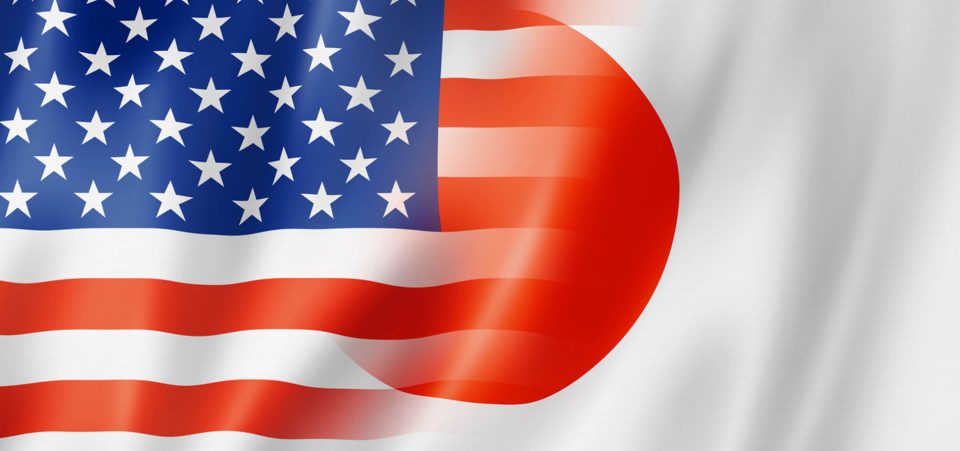Despite Recent Gains, USDJPY Should Move in Favor of the Dollar in 2017
The USDJPY has dropped notably in the past few days. You could literally watch the Japanese yen rise, compared to the U.S. dollar, while President-elect Donald Trump hosted his first press conference since winning the election last November.
The yen was dropping in early January, but the USDJPY has suffered some pressure in the past 24 hours or so. Shareholders took profits on Wall Street, and this has propped up currencies in Europe and Asia. Donald Trump’s warnings—to pharmaceutical companies, which rose sharply after the election—pushed the Dow Jones lower.
Thus, Trump failed to meet investors’—perhaps unrealistic—expectations, even as the Dow remains just 110 points shy of the symbolic level of 20,000. Still, the dollar’s rise has finally met an obstacle.
Yen Depreciation Signals Japanese Economic Recovery
As for the yen, its depreciation over the past two months has signaled the start of a Japanese economic recovery. Indeed, if all goes as the Bank of Japan (BoJ) desires, the yen’s recovery should only be a short-term move.
Some cautious investors clearly wanted to hold on to the recent gains. After all, the post-holiday credit card bill season is upon us. But, given that the Dow remains above 19,800, many more investors are curious, if not optimistic, to see if Trump can keep his electoral promises. Should he succeed in fulfilling just half of them, the U.S. economy and the dollar will shoot up.
A bullish economy will persuade the Fed to uphold its promised rate hikes (at least two in 2017). Therefore, many prefer to see macroeconomic performance before deciding what to do. This makes the yen prone to another sell-off in 2017, compared with the dollar.
Indeed, although the USDJPY appeared to maintain a bullish trend on Wednesday, it does not have enough momentum to last. Nor will the BoJ support such a trend. Only if Donald Trump were to fail in meeting the high expectations would the yen sustain its bullish course against the dollar.
As Trump Spoke, the Yen Moved Like a Slingshot
The USDJPY moved from 116.8 to 114.2. We can determine that the market’s perception of Trump is the main factor, because the USDEUR stabilized at about 1.06. It went as low as 1.03 at the end of 2016.
This, however, is the first misstep of the dollar in 2017. As expected, it took place at the output of the new U.S. president. The yen is also sensitive to the state of health of the Greenback and, in cases like these, the reaction might even be exaggerated.
There are still more uncertainties this week. The data on U.S. retail sales could fall below expectations and cause an additional bearish move for the Greenback.
The uptrend in the yen does not have much support in the long term. The Japanese economy is struggling to emerge from deflation and stagnation. The BoJ has kept its monetary stimulus, confirming the commitment to reach the elusive two-percent inflation level. The BoJ expects a slight increase in inflation in 2017, given that GDP remains above one percent. But inflation did not grow in 2016, and could remain flat in 2017 as well.
A high yen would hurt exports. The BoJ wants to see higher values in the Tokyo stock exchange and a lower yen. Yet all this appears to be beyond the BoJ’s monetary policy’s control. It has been characterized by stimulus since April 2013. It depends more on Trump. Japan must hope for his success in stimulating inflation, and for the decline in the USDJPY.






